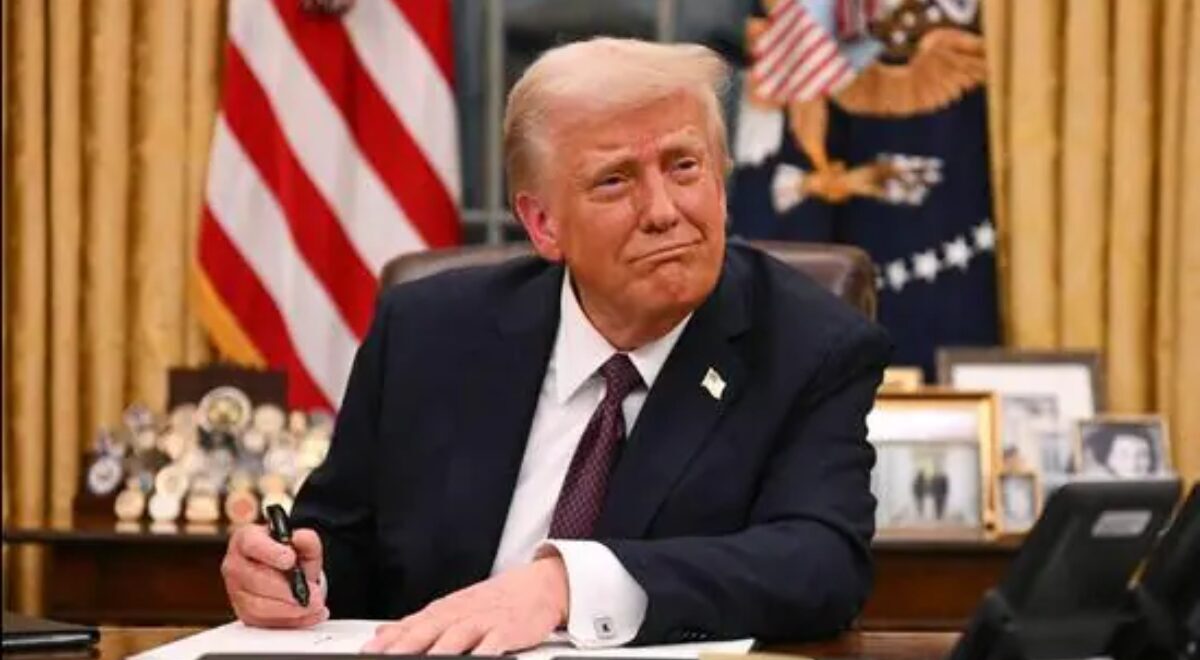One of the global sustainability goals that gets bandied about relates to green steel, considered a low-carbon alternative to traditional steel production. Greenhouse gas emissions from steel manufacturing contribute to about 9% of global fossil and industrial emissions, which is why the narrative around greening the steel industry gained ground.
However, global expert opinion is divided around the systems and processes that need to be in place for actually greening this critical infrastructure raw material. While globally governments are incentivising this greening as evident from the $2.18 billion state subsidy that Thyssenkrupp received from the German administration, India appears to be lagging way behind.
This despite the fact that India is now the world’s second largest steel producer with the World Steel Association data indicating that the country produced 125.3 million tonnes of crude steel in 2022. China, which is the world’s largest producer, saw output decline marginally to 1.03 billion tonnes, while Japan (at third spot) produced 89.2 million tonnes in 2022.
The problem with greening the steel industry
So, where exactly is the problem? Green steel is produced using methods such as hydrogen direct reduced iron, renewable energy, electrolysis along with carbon capture and storage. All of this reduces lifetime emissions compared to conventional methods. However, sadly green steel accounts for barely 1% of total global steel output.
Market estimates claim that global green steel output could touch 230 million tonnes by 2033, if reduced cost of operations and substantive government support is forthcoming. However, the challenge, according to Prabodha Acharya, chief sustainability officer at the JSW Group, is that there is no way of producing steel without releasing carbon.
However, Acharya is quite clear that steel cannot be termed as a “hard to abate” sector when it comes to sustainability goals. In a published interview on ET, the official notes that sectors like steel and cement are designed to emit carbon dioxide and other greenhouse gasses. India’s emissions currently stand at 12% compared to the 8% to 9% global average.
Steel industry can never be zero carbon in its current form
He also sought to clarify that the problem of high emissions comes in the iron-making process, which is then converted into steel. Globally, around three-quarters of all steel comes from iron and the rest from steel scrap. Since iron comes from iron ore and the process of removing oxygen can only be done by ingesting carbon.
India’s steel industry also has the added challenge of getting low quality coal and iron ore which means that for the steel industry to grow, the emissions will grow alongside. Acharya argues that sustainable growth can only be achieved by decoupling growth in steel production from the carbon emissions. “This is a tough act, but is definitely doable,” he says.
The JSW official went on to suggest that green was becoming more of a fad than a focus area, which is why there is an expectation that zero-carbon steel output is possible. In fact, he goes on to state that there are more than 28 global standards around green steel and for now India probably needs to create its own definitions and proceed with it.
Sustainability goals over logical sense
In fact, there have been instances where sustainability goals created weird situations as in the case with the Swedish steel company H2 Green Steel that is importing iron ore from Brazil and Canada for its manufacturing facility because a state-owned iron ore extraction company could not deliver the raw material across 15 miles!
It is Acharya’s point of view that green steel should be defined regionally by governments as a global definition may just not make sense. On this front, the union government has set up a task force to define green steel for India, post which the industry needs to develop a taxonomy for the product. Once this gets done, producers, consumers and regulators will be better positioned to tackle the sustainability framework around green steel.
The definition of green steel could be critical in the way forward for Indian steel, which is estimated to see demand growing by 7.5% to touch 128.85 million tonnes in FY23 with further spikes sending it to 137.97 million tonnes. In fact, the Indian Steel Association notes that in a gloomy economic climate, the Indian steel industry is defying global trends. Until such time, it would be best to use the term “low emission steel” that could set industry-wide expectations on how to go about greening the economy.



